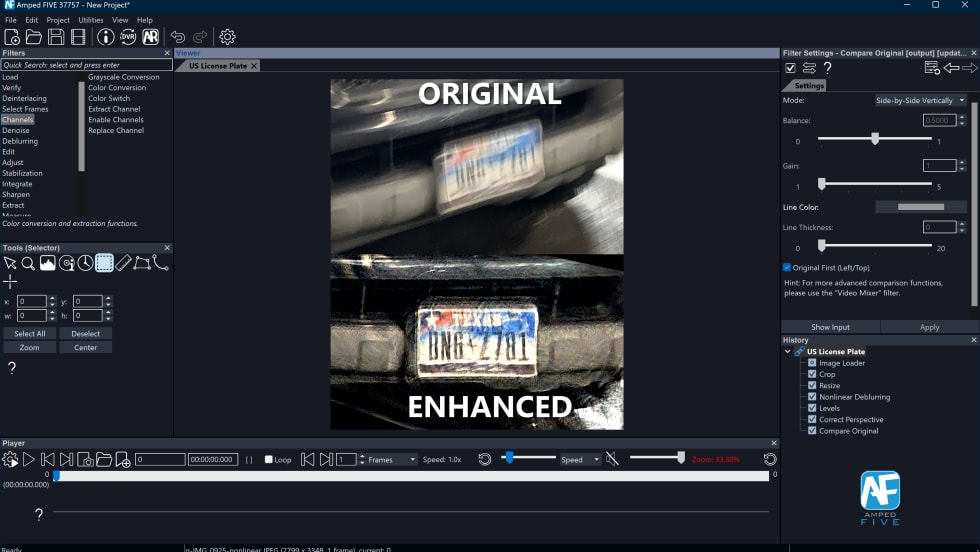As leaders we dread the word. You make a decision, you issue an order, you write a policy, and then someone inevitably approaches you with that one-word question. It makes you grit your teeth and hold your breath. You count to ten before you answer. Sometimes the decision, order, or policy was not even yours, but it comes down from above and you have to defend and implement it. And it is never just one person that has this question, but dozens, perhaps hundreds. Well get used to it, because if you call yourself a leader you are going to have to deal with it for the rest of your life. The question, of course, is “Why?”
I have been looking at my fourteen-month-old daughter waiting and wondering when that heinous word is going to start spewing from her lips, torturing my very soul into her teenage years and beyond. I am sure my parents have a good laugh now and then, thinking that I am getting my comeuppance. Make no mistake, being a parent is a leadership position, so take heed and beware the temptation to always use the old, “Because I said so!” response. It probably doesn’t fly at work, so refrain from using it with nimble, young minds, which are seeking knowledge and guidance.












